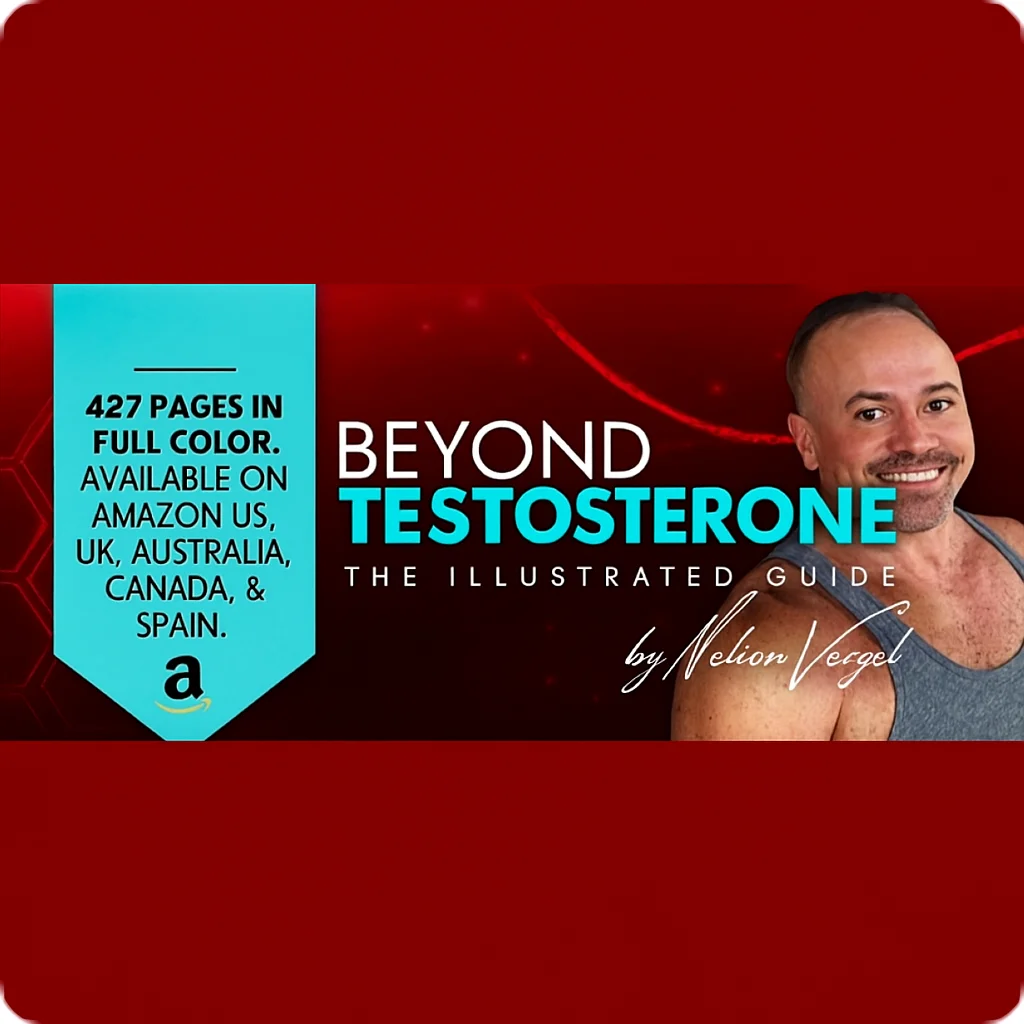BadassBlues
Well-Known Member
Stable Gastric Pentadecapeptide BPC 157, Robert’s Stomach Cytoprotection/Adaptive Cytoprotection/Organoprotection, and Selye’s Stress Coping Response: Progress, Achievements, and the Future - PMC
We reviewed again the significance of the stable gastric pentadecapeptide BPC 157 as a likely mediator of Robert’s stomach cytoprotection/adaptive cytoprotection and organoprotection and as novel mediator of Selye’s stress coping response to ...
Stable Gastric Pentadecapeptide BPC 157, Robert’s Stomach Cytoprotection/Adaptive Cytoprotection/Organoprotection, and Selye’s Stress Coping Response: Progress, Achievements, and the Future
Predrag Sikiric,1 Ki-Baik Hahm,2 Alenka Boban Blagaic,1 Ante Tvrdeic,1 Katarina Horvat Pavlov,3 Andrea Petrovic,3 Antonio Kokot,1 Slaven Gojkovic,1 Ivan Krezic,1 Domagoj Drmic,1 Rudolf Rucman,,1 and Sven Seiwerth3Author information Article notes Copyright and License information PMC Disclaimer
Go to:
Abstract
We reviewed again the significance of the stable gastric pentadecapeptide BPC 157 as a likely mediator of Robert’s stomach cytoprotection/adaptive cytoprotection and organoprotection and as novel mediator of Selye’s stress coping response to reestablish homeostasis. Specific points of BPC 157 therapy and the original concept of Robert’s cytoprotection/adaptive cytoprotection/organoprotection are discussed, including the beneficial effects of BPC 157. First, BPC 157 protects stomach cells and maintains gastric integrity against various noxious agents (Robert’s killing cell by contact) and is continuously present in the gastric mucosa and gastric juice. Additionally, BPC 157 protects against the adverse effects of alcohol and nonsteroidal anti-inflammatory drugs on the gastric epithelium and other epithelia, that is, skin, liver, pancreas, heart (organoprotection), and brain, thereby suggesting its use in wound healing. Additionally, BPC 157 counteracts gastric endothelial injury that precedes and induces damage to the gastric epithelium and generalizes “gastric endothelial protection” to protection of the endothelium of other vessels (thrombosis, prolonged bleeding, and thrombocytopenia). BPC 157 also has an effect on blood vessels, resulting in vessel recruitment that circumvents vessel occlusion and the development of additional shunting and rapid bypass loops to rapidly reestablish the integrity of blood flow (ischemic/reperfusion colitis, duodenal lesions, cecal perforation, and inferior vena caval occlusion). Lastly, BPC 157 counteracts tumor cachexia, muscle wasting, and increases in pro-inflammatory/procachectic cytokines, such as interleukin-6 and tumor necrosis factor-α, and significantly corrects deranged muscle proliferation and myogenesis through changes in the expression of FoxO3a, p-AKT, p-mTOR, and p-GSK-3β (mitigating cancer cachexia).Keywords: Stable gastric pentadecapeptide BPC 157 therapy, Robert’s cytoprotection, Adaptive cytoprotection, Organoprotection concept, Mediator
Go to:
INTRODUCTION
Stable gastric pentadecapeptide BPC 157 is a novel anti-ulcer peptide, used in trials for the treatment of ulcerative colitis and now multiple sclerosis, lethal dose (dosage required to kill 1% of the test population, LD1) not reported.1-13 We recently reviewed its significance1-13 as a likely mediator of the Robert’s stomach cytoprotection/adaptive cytoprotection14-19 and organoprotection,20,21 as well as a novel mediator of the Selye’s stress coping response,22-25 generally known, but still not completely clarified.Briefly, to support the pleiotropic beneficial effects of BPC 157 application,1-13 we will review the particular background of these essential holistic concepts, the Robert’s stomach cytoprotection14-19 and organoprotection20,21 and the Selye’s stress coping response (Fig. 1).22-25

Fig. 1
BPC 157 has beneficial effects and thus leads to stomach cytoprotection → organoprotection of the whole gastrointestinal tract, including both prophylactic and therapeutic effects for pre-existing lesions in individuals with the most complex disturbances, such as internal and external fistulas, or anastomosis complicated with severe colitis (indicated as +1).1-13 In addition, there is a particular effect on endothelial integrity (indicated as +2).1-13 Together, these may result in the particular activation of blood vessels during injury, vessel occlusion, or organ perforation, the recruitment of the vessel to organize an adequate shunting and bypass occlusion (indicated as=3).101,113,117,118 Furthermore, the effect of BPC 157 is due to its interaction with and modulation of the NO system, and its interaction with prostaglandin, dopamine, and serotonin systems has also been documented.1-13 BPC 157 also acts as a free radical scavenger, counteracts free radical-induced lesions, and normalizes NO and MDA levels in tissues and during ischemia and reperfusion.101,113,114,116-118 Subsequent studies from other groups2,96-101 have confirmed our original findings.65-78 Pleiotropic effects involving distinctive receptors, including VEGFR2 and growth hormone receptors, distinctive pathways, including VEGFR2-AKT-eNOS, ERK ½, FAK-paxillin, FoxO3a, p-AKT, p-mTOR and p-GSK-3β, and distinctive loops, including stimulation of the egr-1 gene and its corepressor gene naB2, and counteraction of increases in pro-inflammatory and procachectic cytokines,2,96-101 likely minimize the inherent lack of full understanding of the mechanisms that may be involved. However, more important is the practical evidence from a considerable number of the studies, particularly in gastrointestinal research, that intragastric administration or per os administration in drinking water, is equally effective as injections of the supplement administered to rodents, which has been performed in the majority of studies on BPC 157.12,41,43,48,51,54,55,58,59,61-63,82-85,89,91-93,98,114,116,117,143-147,149-155 In reality, in particular along with its safety profile, LD-1 is not achieved, and there are no reported adverse effects in clinical trials;1-13 this evidence suggests the ease of practical clinical application. PGs, prostaglandins; NO, nitric oxide; VEGF, vascular endothelial growth factor; VEGFR2, VEGF receptor 2; eNOS, endothelial nitric oxide synthase; FAK, focal adhesion kinase; FoxO3a, transcription factor; p-AKT, phospho-AKT; p-mTOR, phospho mammalian target of rapamycin; p-GSK-3β, phospho glycogen synthase kinase 3β; MDA, malondialdehyde; GI, gastrointestinal.
Last edited:
















